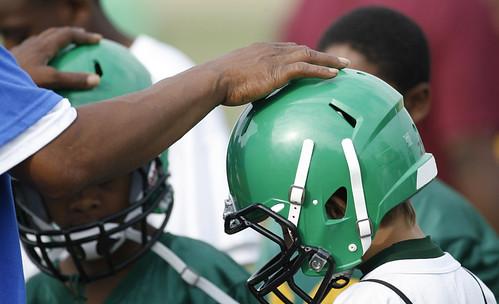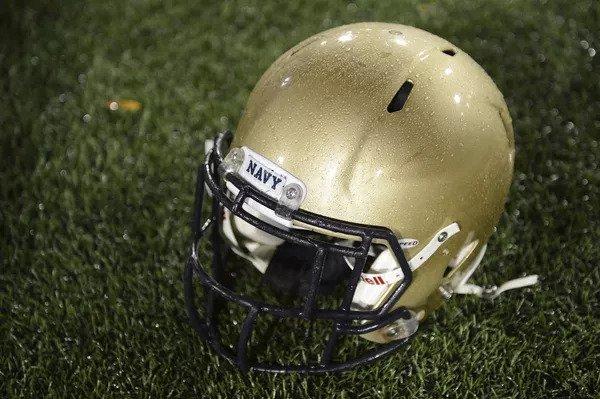Brand Stories
What Is The Tua Rule and Why Is It In Place in the NFL?

The National Football League (NFL) had long denied any links between the game of American Football and crippling brain injuries. Indeed, the NFL formed the Mild Traumatic Brain Injury Committee in 1994, which continually denied any solid links between head injuries endured from playing in NFL games. It took almost a decade and a half for NFL officials to accept the links between head injuries and players with dementia and similar brain issues later in life. However, since accepting there is a link, the NFL has created rules and protocols designed with players’ safety first and foremost.
There have been many changes to NFL rules since 2010, with the most recent being written into the rule book in November 2022. Nicknamed the Tua Rule because it involved Miami Dolphins quarterback Tua Tagovailoa, any player displaying ataxia – or gross motor instability – or is suffering from amnesia, confusion, or has been rendered unconscious cannot return to the field of play until all other concussion protocols are satisfied.
Two Significant Head Blows in Successive Weeks

Twenty-four-year-old Tagovailoa played college football for The University of Alabama and was a popular pick with the best online Alabama sports betting sites online during his time there. The Miami Dolphins drafted Tagovailoa as the fifth overall pick in the first round of the 2020 NFL Draft despite him suffering a dislocated hip and fractured posterior wall that required surgery late into the 2019 college football season.
Tagovailoa took a big hit against the Buffalo Bills during the Miami Dolphins Week 3 fixture. The quarterback managed to stand on his feet but stumbled after several steps, and medical staff removed him from the game. Those medical staff claimed Tagovailoa’s instability was due to a spasmed back injury, and they cleared the Hawaii native for the Week 4 clash against the Cincinnati Bengals.
During the second quarter of the Thursday Night Football game, Bengals defensive tackle Josh Tupou, a 6ft 3in 340lb mountain of a man, sacked Tagovailoa, and the tackle resulted in Tagovailoa’s head slamming into the turf. The Miami Dolphins man lay motionless for some time and displayed the trademark fencing position, suggesting he had suffered a severe concussion. Medical staff carted him off the field and took him to a nearby hospital. Thankfully, Tagovailoa was released from the hospital the same night and traveled home with his teammates, albeit with a concussion.
Ataxia Added to List of “No-Go” Symptoms
Tagovailoa missed the Week 5 game against the New York Jets and the Week 7 fixture against the Minnesota Vikings, returning in Week 8, almost an entire month after his concussion, against the Pittsburgh Steelers.
The NFL’s Players Association (NFLPA) released a statement revealing it had agreed to changes to concussion protocols following Tagovailoa’s scare.
“Our union has agreed to change the concussion protocols to protect players from returning to play in the case of any similar incident to what we saw on September 25. We would like these changes to go into effect before this weekend’s games to immediately protect the players and hope the NFL accepts the chance before then as well.”
The changes the NFLPA statement eluded to were the addition of ataxia to the “no-go” symptoms that result in an injured player being unable to return to the field following a suspected concussion. They define ataxia as an abnormality of balance, stability, motor coordination, or dysfunctional speech caused by a neurological issue. Any player displaying these symptoms is now prohibited from returning to the game until they have received additional care highlighted in the other concussion protocols the NFL has in place.
